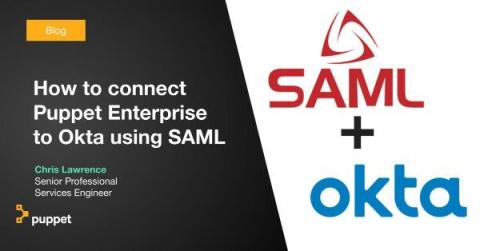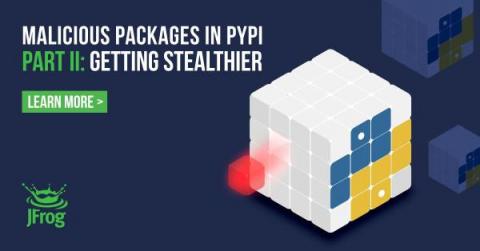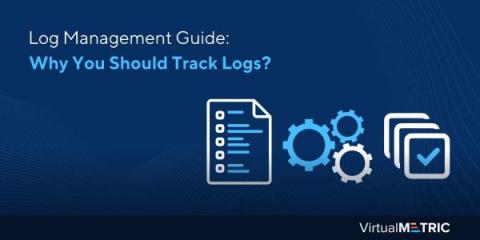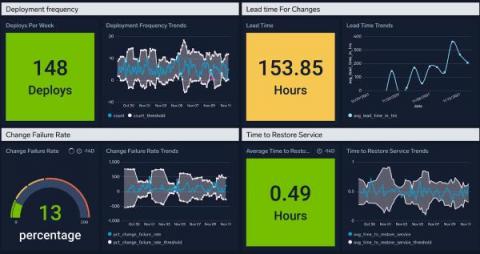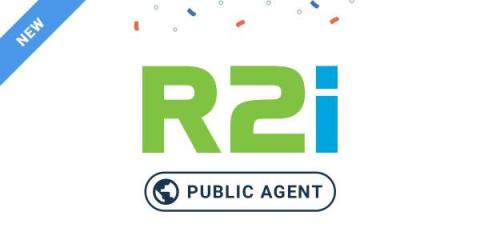How to connect Puppet Enterprise to Okta using SAML
Nowadays, staff in organizations are required to access multiple applications in their infrastructure. This can lead to the user having to manage multiple login credentials and passwords. There are many solutions available that provide a single sign-on (SSO) capability — such as Okta, LDAP, and Active Directory — which is becoming common practice across businesses.


